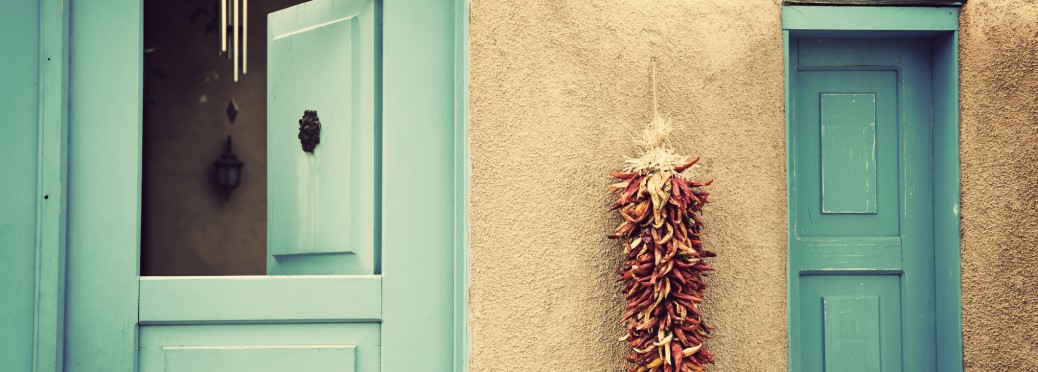By Elisabeth Weagel
A few months ago, I saw a media project that translated traditional written poems to a visual medium, using images to inspire emotion or thought. This project used haiku as the form for the visual poems. I wanted to use this idea to create a visual poem of my own about the house I grew up in. I didn’t feel I would be able to express what home is to me using haiku, so I explored poetry generally in order to find the structure that would serve to express the feelings and memories that I associate with my home.
Fundamentally, poetry uses words to craft something larger than the poem itself. I considered how to do the same thing with images and sound. When I write poetry, it feels like something pouring out of me–thoughts, emotions, and images that I use words to convey. In a visual poem, I can share the images themselves in a way that will carry the thoughts and emotions with them. Like traditional poetry, the visual poem uses juxtaposition to elicit a greater whole. The visual poem can mirror literary poetry forms and genres such as odes and sonnets. When I write poetry, I tend to follow a free form, so that is what I chose as my starting place when I transitioned to a visual medium to create “Home.”
While the piece is reflective of an overall sense of home, it is particularly connected to a challenging time of my life when the yard became my sanctuary. As a teenager, I was bed-ridden for many months. To escape from the stale feeling that comes with being constantly surrounded by four walls, I would go into the backyard and lay on a blanket in the grass. The desert air and the sound of the wind chimes carried a part of me away from my broken body. The scene and the sound are what I sought to capture in “Home,” bound by a sense of refuge and peace.



